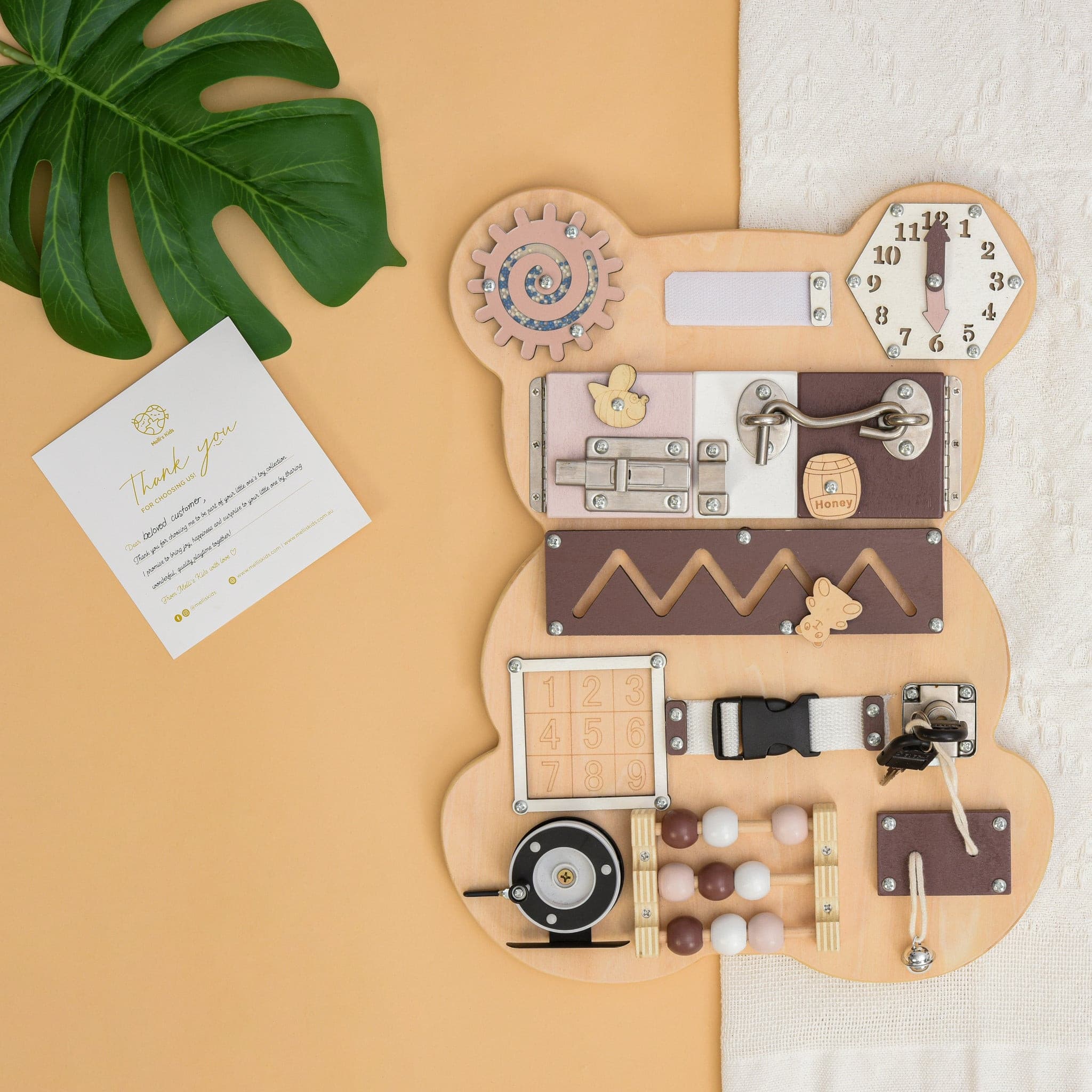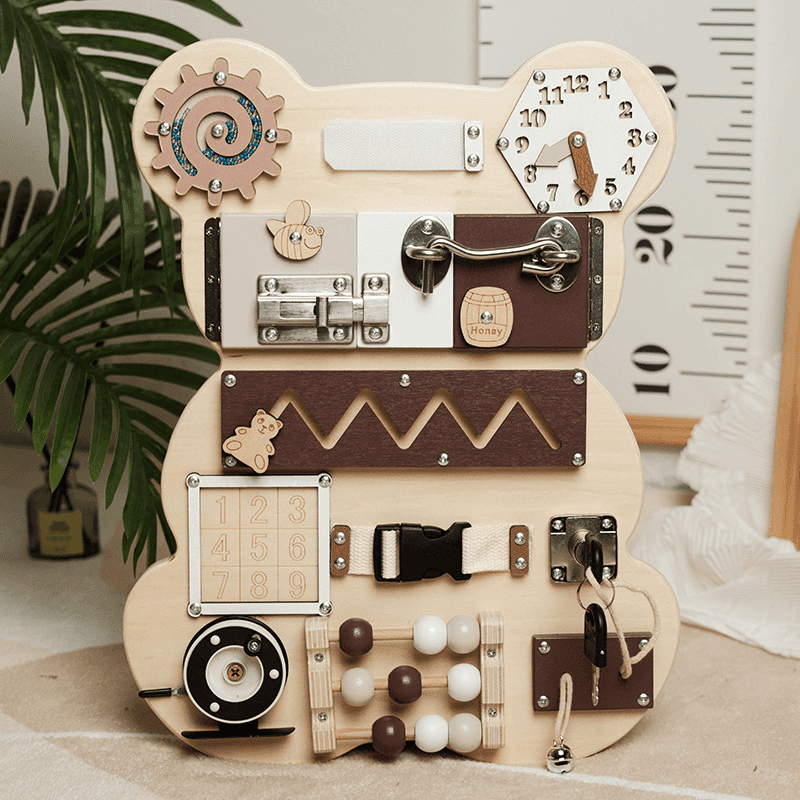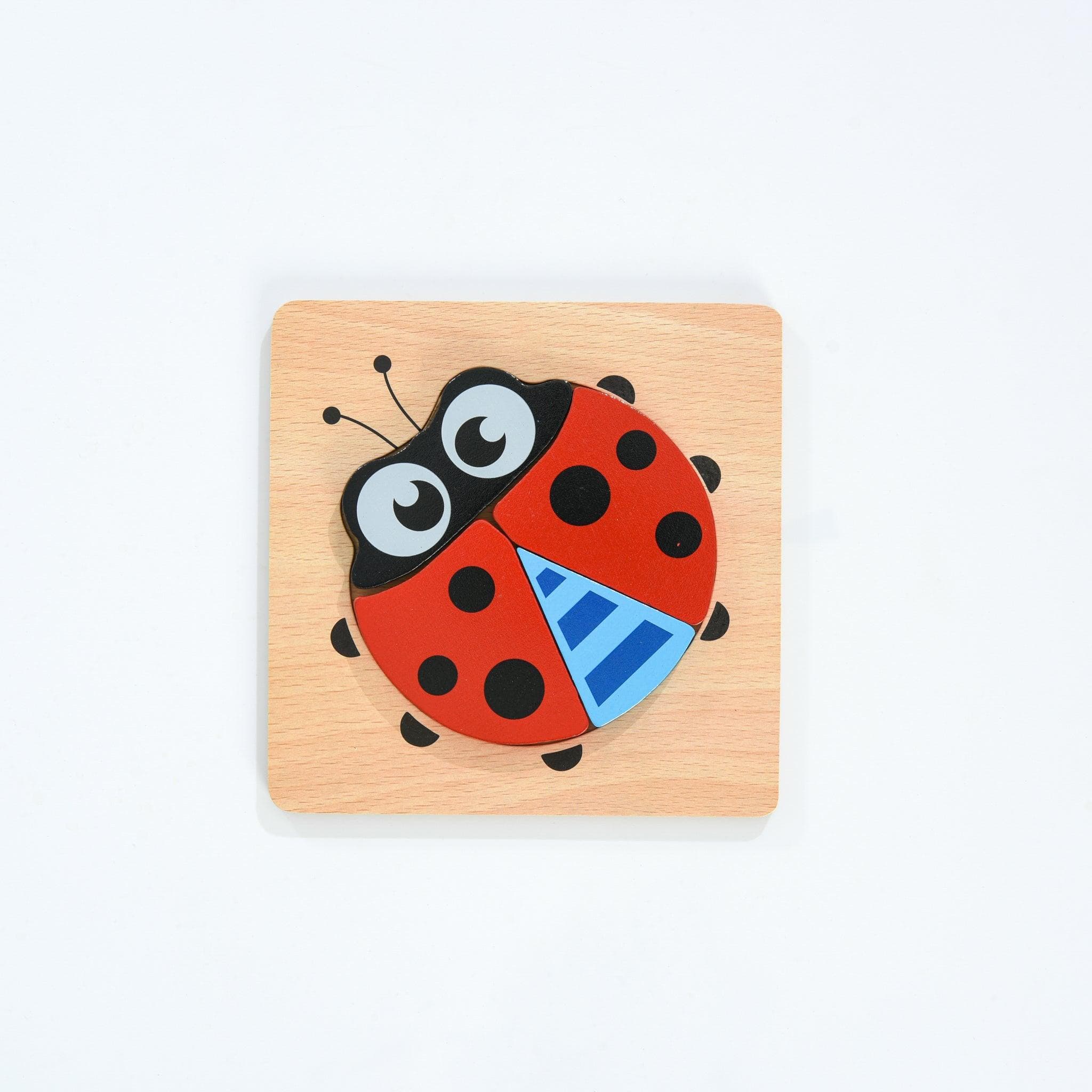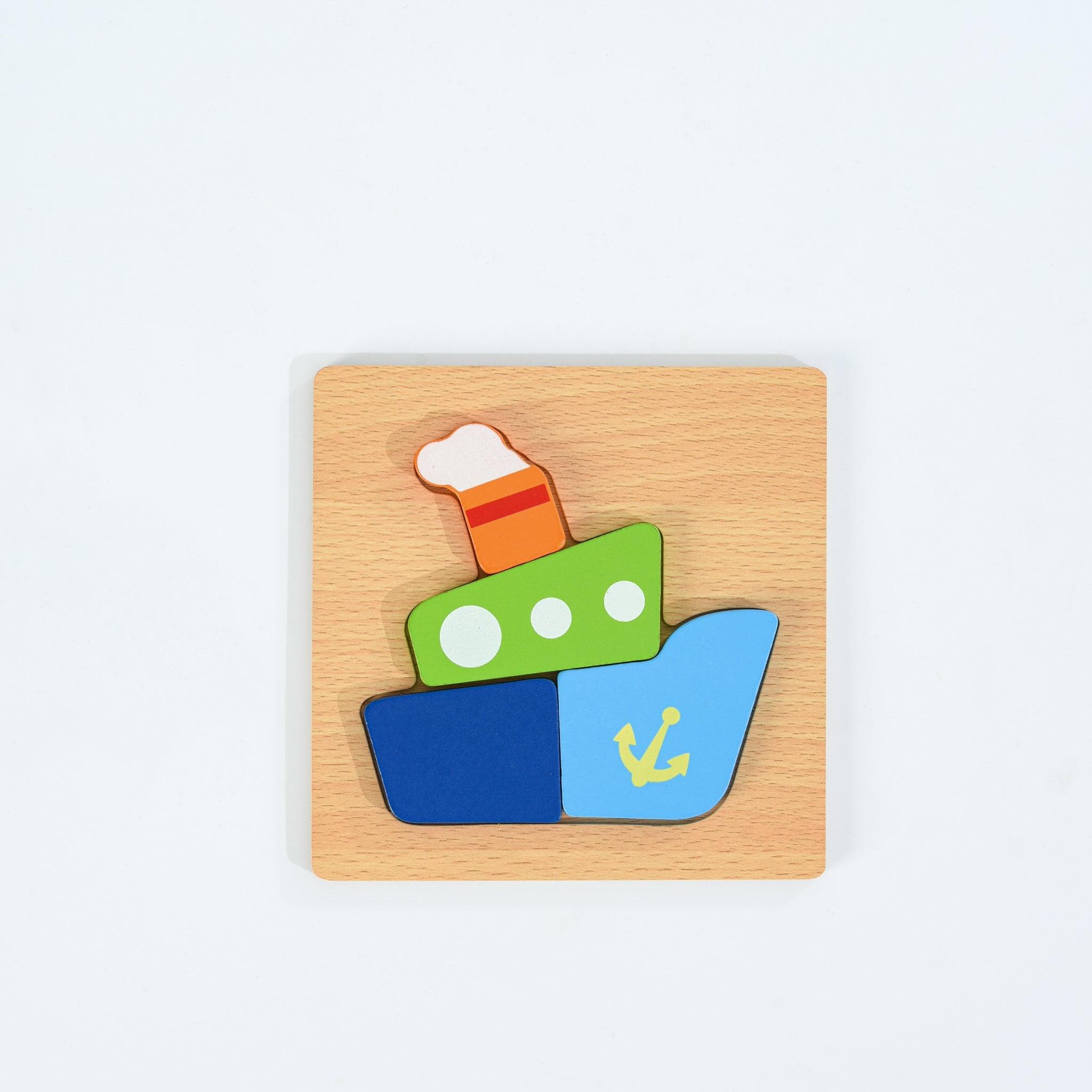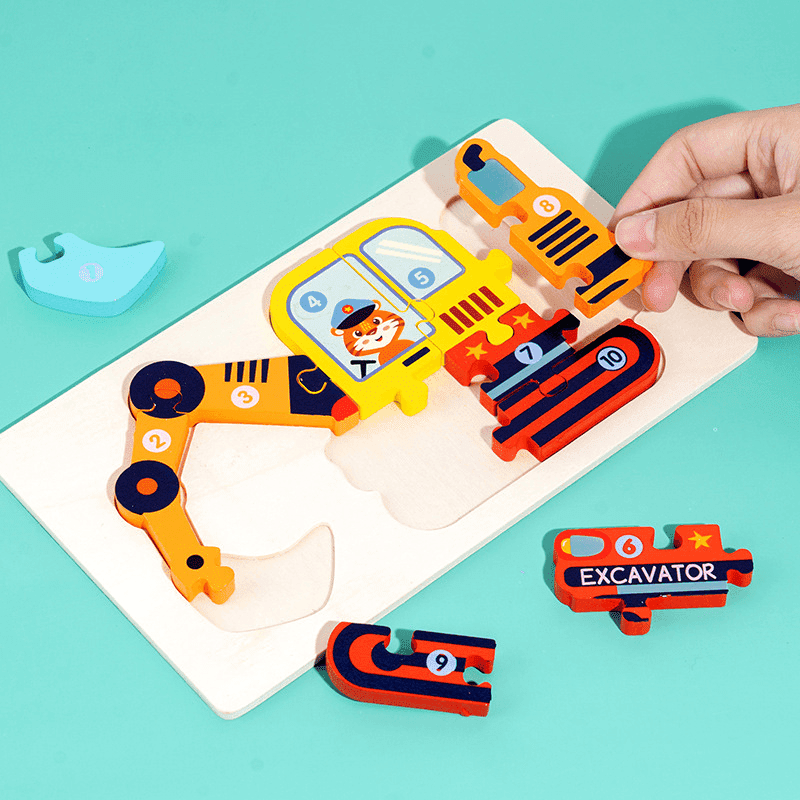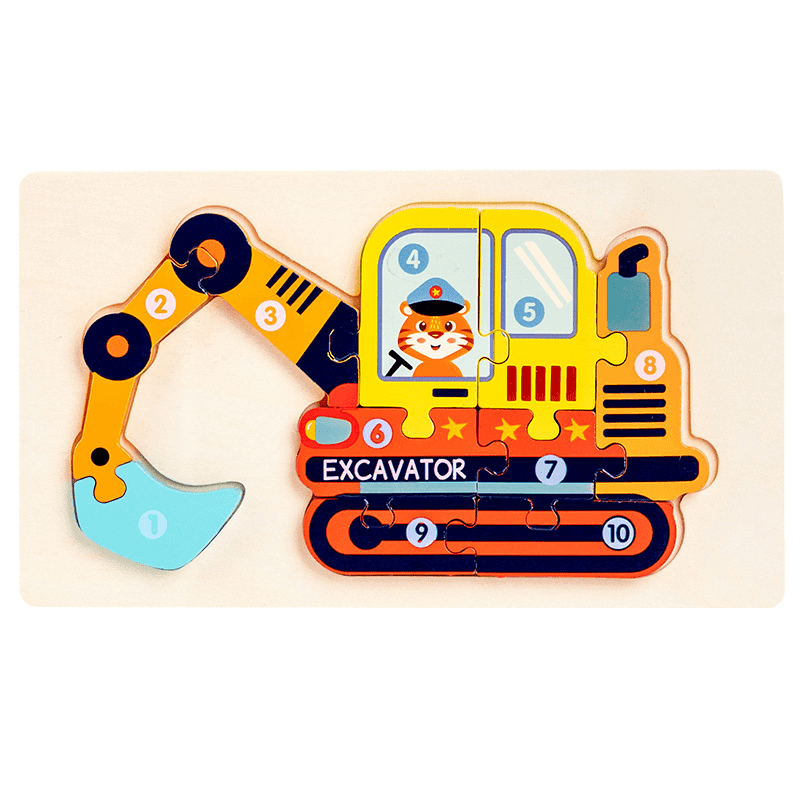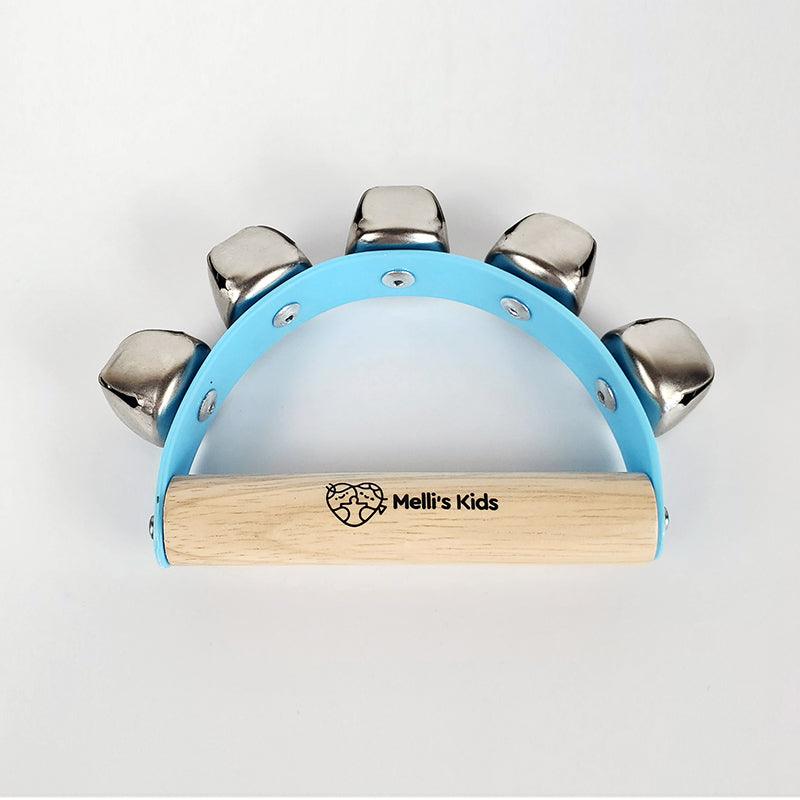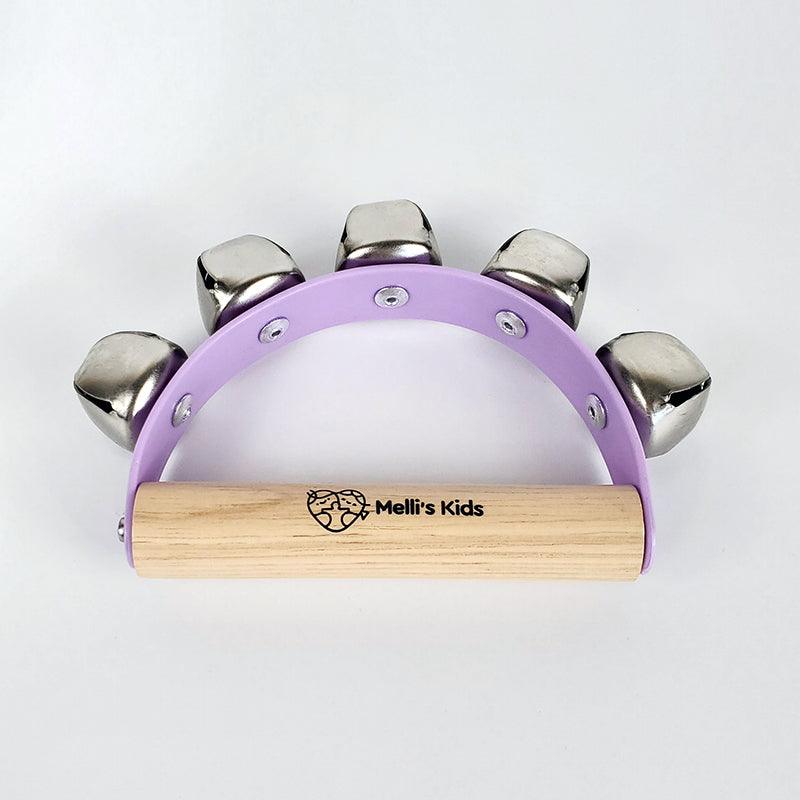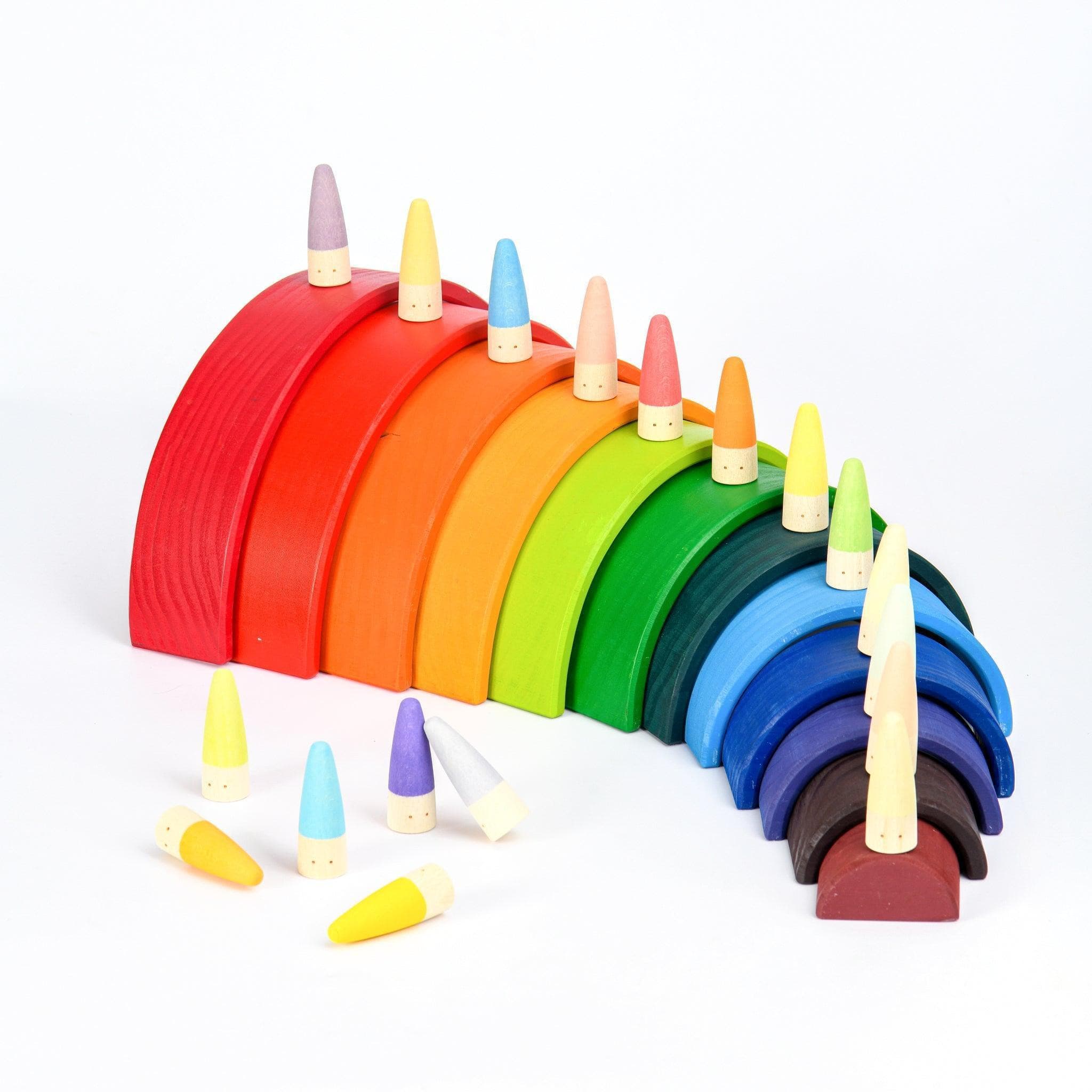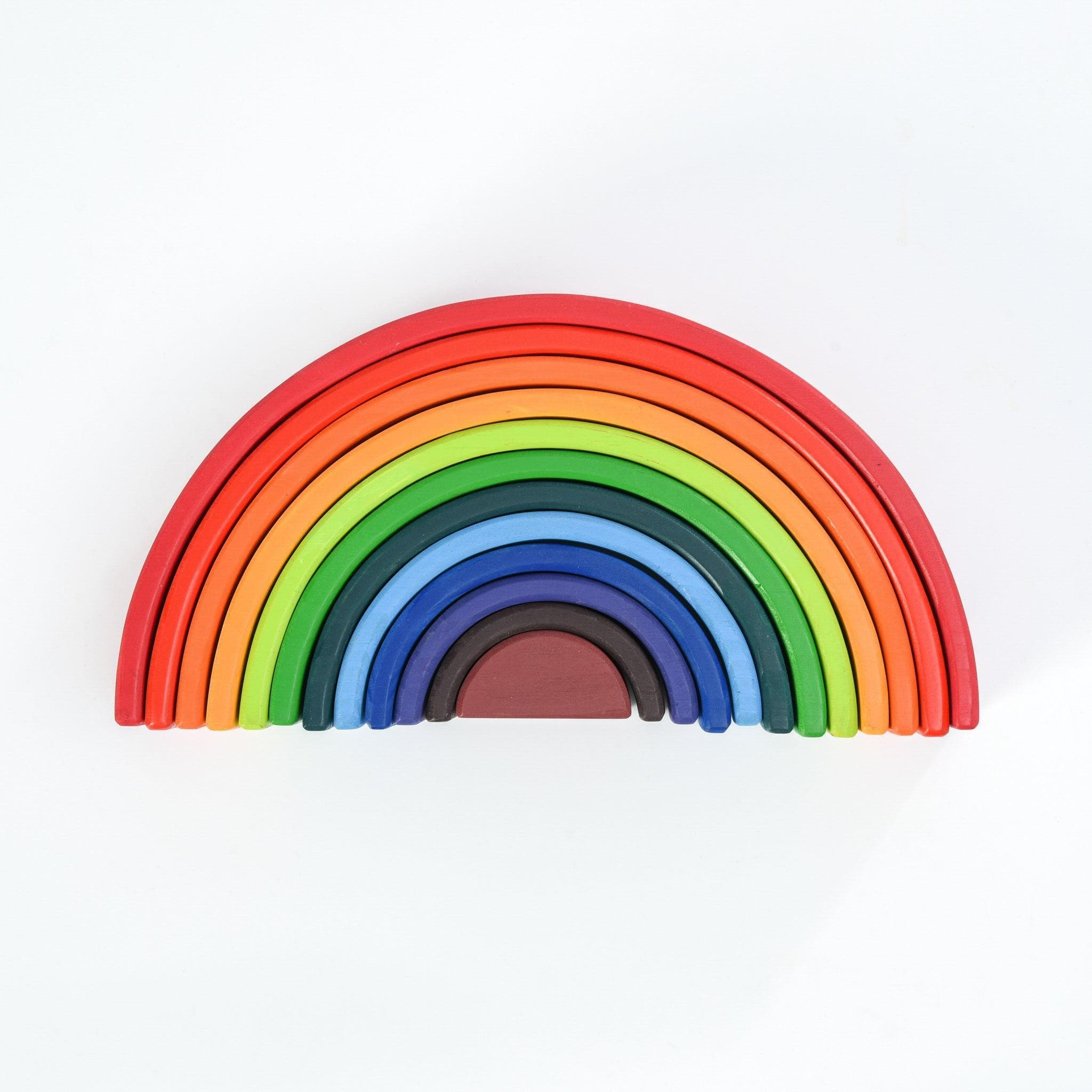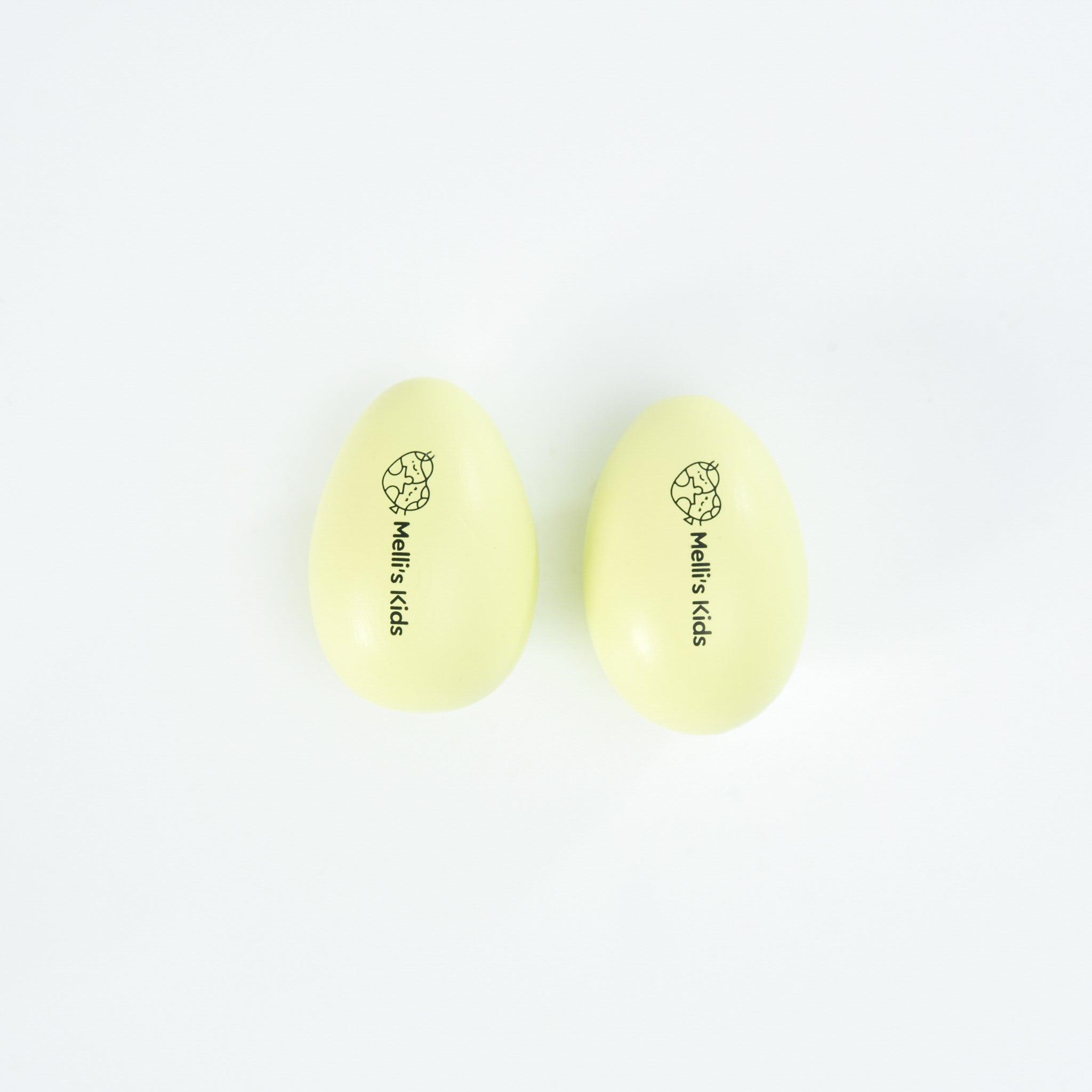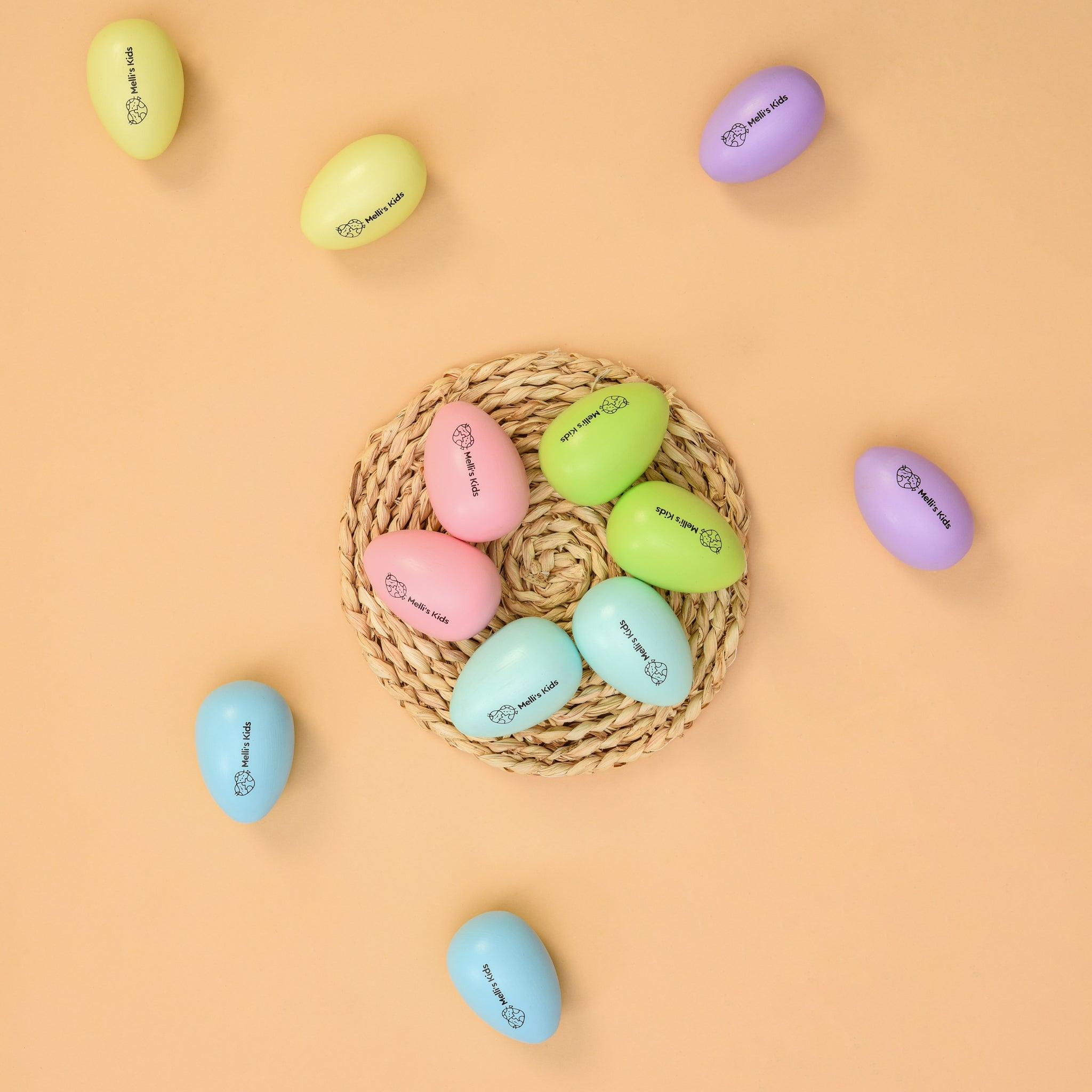The Unique Appeal of Montessori Toys: A Guide for Parents
Montessori toys stand out from traditional toys due to their intentional design, crafted to develop specific skills in children. Unlike toys with flashing lights or distracting sounds, Montessori toys focus on purposeful tasks that engage a child’s attention. These hands-on, distraction-free learning tools foster concentration and build both fine and gross motor skills in a meaningful and engaging manner.

Are Montessori Toys Limited to Wooden Materials?
While Montessori toys are often associated with wood, they are not exclusively limited to this material. Montessori toys can be made from both wood and plastic, but wooden options remain the most popular due to their natural appeal and sensory benefits. Wood's texture and durability make it an excellent choice for young children exploring the world through touch. Wooden Montessori toys are designed to endure, often lasting through generations, making them a sustainable and cherished choice for parents.
Open-Ended vs. Closed-Ended: What Defines a Montessori Toy?
Not all educational toys qualify as Montessori toys. A key distinction lies in their closed-ended design. Montessori toys are task-oriented, offering specific challenges that promote skill-building and a sense of accomplishment. Unlike open-ended toys that foster imagination, closed-ended Montessori toys encourage purposeful repetition, allowing children to master tasks and build confidence.
The Role of Color in Montessori Toys
Color in Montessori toys is purposeful and designed to enhance learning. For example, the Montessori Puzzle uses color coding to differentiate vowels (blue) from consonants (red), helping children grasp language fundamentals. Unlike conventional toys that use color decoratively, Montessori toys employ colors to direct a child’s focus, simplifying learning and reducing sensory overload.
Why Choose Montessori Toys for Early Childhood Development?
Montessori toys are thoughtfully crafted to inspire hands-on learning and sensory exploration, supporting cognitive development and motor skills. Made from natural, tactile materials, they foster a meaningful connection between children and their play. Montessori toys encourage autonomy, creativity, and independent problem-solving, aligning with the principles of Montessori education.
Montessori vs. Development Toys: What’s the Difference?
Both Montessori and development toys contribute significantly to early childhood growth, but they serve distinct purposes.
- Montessori Toys prioritize sensory-rich experiences, focusing on independent learning and skill development.
- Development Toys are designed to target specific milestones like rolling, crawling, or walking. These often include interactive features, vibrant colors, and patterns to stimulate visual and muscle development.
By understanding these differences, parents can choose toys tailored to their child’s developmental needs.
The Advantages of Montessori Toys
Montessori toys provide numerous benefits:
- Interactive Learning: Encouraging hands-on exploration and discovery.
- Skill Development: Fostering practical abilities like motor skills and problem-solving.
- Eco-Friendly: Often made from sustainable materials, promoting environmental consciousness.
- Reduced Sensory Overload: Battery-free designs minimize distractions.
- Parent-Child Bonding: Offering meaningful opportunities for shared play.
Montessori Toys: A Wise Choice for Growing Minds
By choosing Montessori toys, parents are investing in their child’s growth, independence, and creativity. These thoughtfully designed toys promote comprehensive development while encouraging curiosity and focus. Incorporating Montessori toys into daily play nurtures a love for learning and ensures a well-rounded foundation for the future.
Discover the enduring benefits of Montessori toys and give your child the gift of purposeful play. Explore our collection of Montessori-inspired educational tools today!

